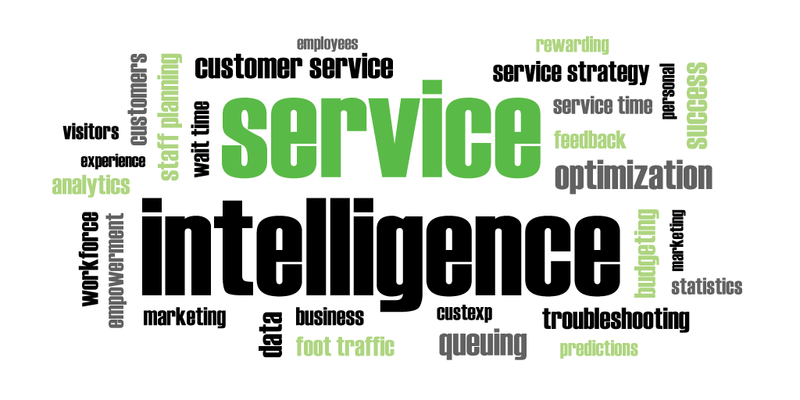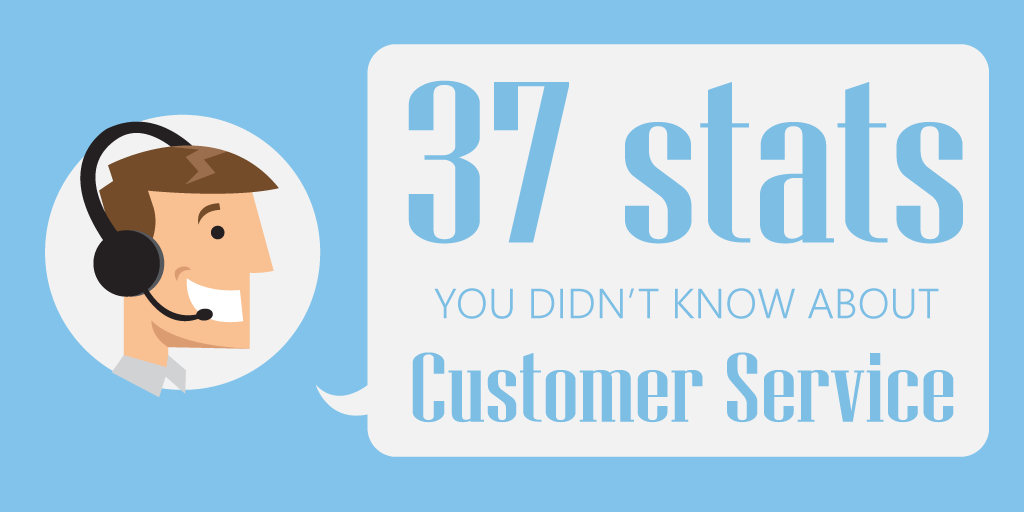For a company that's got Service Intelligence taking up its homepage, we haven't talked that often about it. Perhaps because its benefits are not immediate and are harder to explain?
Whatever the case, today's article has been long overdue. We can't talk about customer service and customer experience while ignoring the best tool to improve both.
Let's talk about the benefits of Service Intelligence for your business.
A Few Words About Service Intelligence
What comes to your mind when you’re thinking of “intelligence”? IQ tests? Education? Wit? Perhaps intelligence as in reconnaissance?
The last one is actually not that far off — Service Intelligence is basically service-focused reconnaissance. You survey the situation, take a closer look at the numbers and make deductions from the available facts.
In a sense, Service Intelligence is a cousin of Business Intelligence (hence the name). It is a way to give you a comprehensive overview of your business, backed by trackable numbers.
Service Intelligence collects and analyzes data to help make better customer service decisions — from the way you approach greeting to the visual outlook of your queues and ease of sign-in.
But now, back to the main course of this article — why should you care about Service Intelligence.
Improve Customer Experience

While customer data intelligence can help you gather and process information about your customers’ preferences and activity history, Service Intelligence helps you better understand the way you serve your customers.
The very heart of Service Intelligence — namely, data — leads to data-based business decision-making. It helps identify opportunities and trends within your business.
Carrying out action steps that are data-backed will give customers a feeling your business is acutely aware of every minute issue with its customer service. This, in turn, makes customers trust you more.
Some might even call this blissful state customer satisfaction.
Waiting Process, Solved
One of the more important stats you gain from Service Intelligence are wait times and service times. The names are self-explanatory, but let’s go over them just in case.
Wait time is the amount of time a customer spends between the arrival and the beginning of service. Wait times that are too long are a clear sign that something is wrong with the queue management strategy.
Service time is the amount of time a customer spends being serviced. Long service times may be less damaging than long wait times, but it’s a safe bet that no one likes to waste their time.
Despite these times being clearly divided into two separate categories, there’s no use in thinking they’re that much different. In fact, waiting is part and parcel of service.
While many customer think queuing is an often unpleasant prelude to the actual servicing part, it’s best to think of it as a “pre-service service”. If one plays their cards right, a proper waiting experience can already feel like a part of the service.
Service Intelligence gathers individual as well as collective wait times and service times. This makes it an ideal tool for assessing situation on different levels.
Service Optimization
Service Intelligence gives you access to visitor history, where you can learn all the important information about the service your customers have received. Namely, where and when they were serviced, how long they had to wait, and who serviced them.
Also, you get access to whatever information customers entered upon sign-in. As a location manager, you can modify or add any input fields you like: from reason of visit and gender to phone number and payment method.
Wait time and service time are calculated automatically, giving you relevant insights into the efficiency of your service.
If you want to optimize your customer service strategy — and there’s no reason why you shouldn’t — Service Intelligence is your trusted ally.
Empower Front-Line Employees

Since front-line employees are what customers see first when they come to your location, it wouldn’t be outrageous to say that front-line staff are the face of your business.
As such, there is a bigger pressure on them to do their job. It’s your duty to provide them the means — and Service Intelligence is exactly the tool they need.
Making Service Personal
Service Intelligence collects the names of your every visitor. This plays a big role in adding that much-needed personal touch to your service.
Overall, Service Intelligence is a nice tool to have when managing the workflow. It gives you enough information to make meaningful changes when it comes to workforce allocation and work distribution.
Let’s say you provide a wide range of services. Thanks to data you get upon customer’s registration, you can better match them with a respective service agent no matter which experience they’re looking for.
Managing Workforce
Service Intelligence gives you a total number of visitors served and time spent on servicing them (total as well individual).
This, in turns, helps you better gauge performance of each worker and act on the fly when it comes to staff planning. For example, if you see that a certain service line is lagging behind, you might realize you need to deploy more front-line employees.
Positive efforts are, in the long run, more effective than negative. Instead of trying to use Service Intelligence as a justification for punishing below-average service personnel, you can use it to reward the accomplished employees.
Since you now have the means of analyzing average wait and service times, it’s easier than ever to decide whose performance to reward and whose training needs to be completed.
Service Intelligence is a powerful ally, especially if you subscribe to the benefits of positive staff reinforcement.
Strategic Business Decisions

Though Service Intelligence can be used for long-term changes, it has been built for ensuring long-term success. It gives you resources for making informed business decisions and making sure you're on the right path to success.
The more customers you serve, the better your foundation for business decisions.
Track, Iterate, Rinse, Repeat
When people talk about “business acumen”, they usually imagine at some sort of divine intuition bestowed by gods. The reality is much more mundane.
The difference between bad and good business owners is how data-informed they are. While there may occasional on-a-limb decision, the vast majority of them are based on careful observation of trends, numbers and figures.
The fact of the matter is, no one can say for sure whether some minor change to a business or a customer service strategy will work out or not. It all goes down to testing.
Service Intelligence gives you everything you need to tinker with customer service. Take a look at the level of your service and find the areas that are lacking.
Say, you noticed a certain line is lagging behind in terms of service time, or there is an increased foot traffic on certain days. That’s a perfect excuse to introduce some small changes to your service strategy that’s long since gone stale.
With real-time data, you get an immediate insight into whether these changes are a step in the right direction. Basically this:
Make a change.
Collect feedback.
Go to step 1.
That’s Customer Service Success 101.
Getting to Know Your Locations
Customer service, like real estate, is all about location, location, location.
For businesses with a single location, the task is rather straightforward: pick a pain point, analyze it, then improve it. Done and done.
For businesses with many different branches and locations, however, knowing how well each of them are doing individually is extra vital.
What customers are looking for nowadays is uniformity of experience. If they enjoyed service at one of your locations, they expect the same no matter which other location of yours they visit next.
In short, a franchise is expected to provide the same level of customer care across all locations. Easier said than done, however, especially when there are no clear numbers to compare.
Meanwhile, the live reporting feature of Service Intelligence lets you keep track of seasonal and geographical changes. On a larger scale, the data you gather with Service Intelligence leads you to making informed, strategic business decisions.
There's no use in providing good customer service if it's not consistent across all of your locations. Customer service is the part of your brand. And with Service Intelligence, you have the tools to make it part of your entire franchise.
This has been but a fraction of all the useful things Service Intelligence can bring you and your business. Better customer experience, employee empowerment and data-backed business decisions are surface-level benefits.
If you want to learn more about this important aspect of Qminder's offering, subscribe to our blog and be the first to receive our updates.
Nothing beats a hands-on experience, though. If you really want to know what's what, be sure to sign up for Qminder trial. All the benefits of Service Intelligence for two entire weeks — and free of charge!






